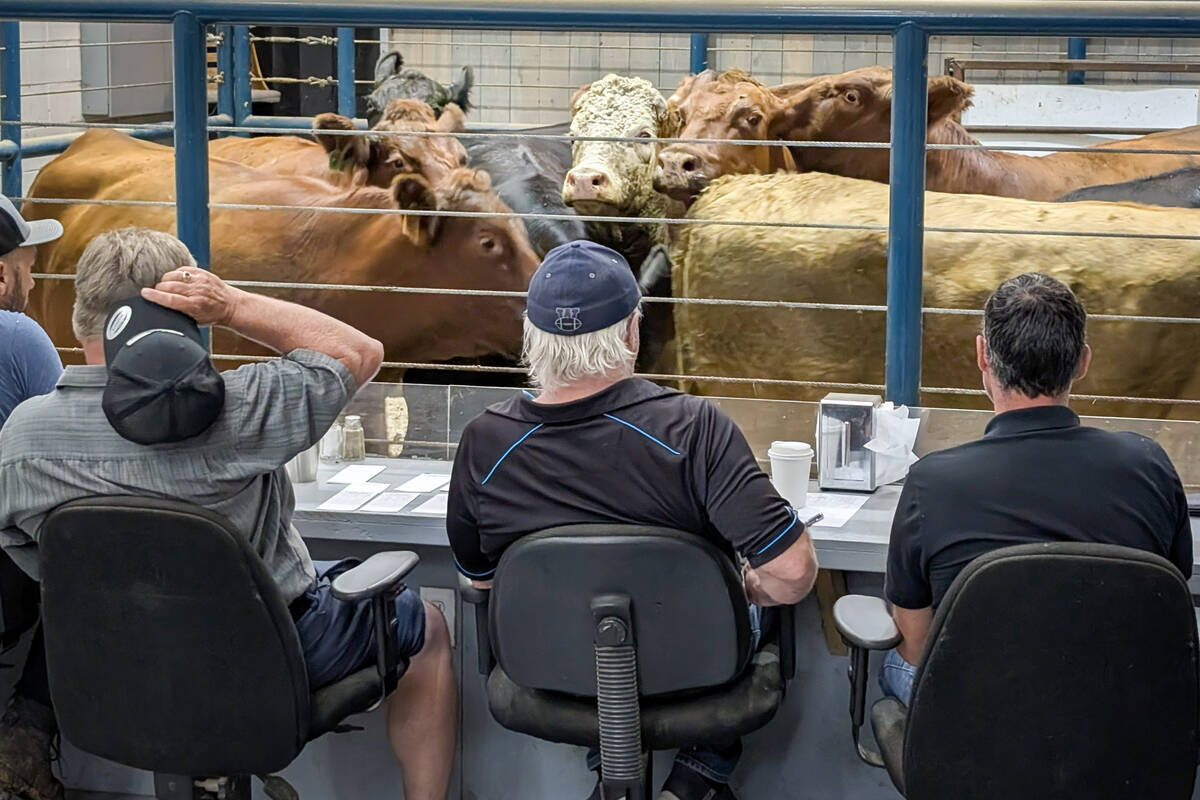Chicago | Reuters — Chicago soybean futures edged up on Tuesday, a day after sliding on macroeconomic worries, as traders assessed U.S. planting progress.
Wheat traded near even, pressured by recent rainfall across the U.S. Great Plains, though global supply concerns underpinned the market, while corn traded near even, supported as the pace of planting continues to lag.
Focus is turning to the U.S. Agriculture Department’s May global crop report due on Thursday. It will include a first full outlook for the upcoming 2022-23 season, as well as an assessment of Ukraine exports and production in drought-stricken regions like Brazil and the European Union.
Read Also

U.S. livestock: Cattle rally, hogs slide
Chicago cattle futures regained a ground on Monday to maintain a fairly level trajectory after last week’s fall.
The most-active Chicago Board of Trade (CBOT) soybean futures added seven cents at $15.92-1/4 a bushel (all figures US$).
CBOT corn firmed 3-1/4 cents to $7.75-1/4 a bushel while most-active Chicago July wheat closed unchanged at $10.92-3/4 a bushel.
Both corn and soy held above the multiweek lows hit on Monday when they were pressured by falling crude oil and improved planting across the U.S. Midwest.
“When the planting window opens, we tend to see a correction. I’m not sure it’s over,” said John Zanker, market analyst at Risk Management Commodities.
After Monday’s market close, USDA pegged corn planting at 22 per cent complete, lagging an average analyst estimate of 25 per cent and the five-year average of 50 per cent. That underscored the impact of recent cold, wet weather ahead of this week’s expected warm spell.
Soybean planting progress of 12 per cent also missed average expectations.
“It’s going to be a slow year, no doubt about it,” said Joe Vaclavik, president of Standard Grain.
U.S. winter wheat conditions have improved due to recent rains, up two points to 29 per cent good to excellent, USDA said, beating analysts’ expectations. But parts of the southern U.S. Plains may not benefit.
“It’s getting pretty late — the combines will be rolling pretty quickly in Texas. You’re not coming back from that,” said Zanker.
— Christopher Walljasper reports on agriculture and ag commodities for Reuters from Chicago.
















